Some dogs catch on fast. Others? They like to make you work for it. If you've ever stood in the yard calling your dog while they sniff every blade of grass, you've probably wondered how to train a stubborn dog without losing your patience.
Fun fact: the Basenji, known as the "barkless dog," ranks among the most independent breeds. But stubborn doesn't mean hopeless. With the right mix of timing, tone, and tasty rewards, even the most strong-willed pup can learn new tricks.
Keep reading to uncover smart, kind ways to help your dog learn and actually enjoy it.
What Makes a Dog "Stubborn"?

Some dogs have a strong-willed nature that makes them seem impossible to train. But being labeled a stubborn dog usually just means they need a different training approach.
Many dogs get distracted or need more time to focus. They might not respond the first time, but that doesn't mean they aren't trying. Understanding how to train a stubborn dog starts with patience, routine consistency, and the right motivation.
Misunderstanding Signals vs. Willful Disobedience
Not every ignored command means your dog is refusing to listen. Sometimes, a dog's body language shows confusion or distraction, not defiance. It's easy to mistake missed cues for stubborn behavior.
Short training sessions and clear communication help your dog's attention stay on track. The key is to watch how your dog's behavior changes when you shift your tone, rewards, or training methods.
Common Breeds Known for Independent Thinking
Some dog breeds are born with an independent streak. Think Shiba Inus, Afghan Hounds, or Chow Chows. These dogs aren't being difficult on purpose—they just need more positive reinforcement and short training sessions to stay focused.
Basset Hounds and Bulldogs also top the list of dogs that prefer to do things their way. Understanding breed traits can make your training process way smoother.
Why Positive Reinforcement Works Best With Stubborn Dogs

Telling a stubborn dog what not to do just makes them tune you out. But showing them what you like and giving rewards for it? That gets results. Positive reinforcement techniques help keep the dog's attention and make training sessions feel like fun instead of a chore.
Building Trust Instead of Fear
A dog trainer using loud voices or force might see quick changes, but the trust gets lost fast. Stubborn dogs respond better when dog owners stay calm and reward good behavior. That trust leads to better focus and stronger habits. Dogs learn best when they feel safe, seen, and part of the team. Building a bond makes the whole training process smoother from the start.
How Rewards Boost Motivation and Focus
Dogs love working for something they really want. High value treats, favorite toys, or even play time can pull a dog's focus back to you. Rewards make it easier to keep the dog engaged through the entire session. When a dog knows something great is coming, they stay alert and ready. This simple tool turns training challenges into playful wins.
Understanding Your Dog's Triggers and Roadblocks
Some dogs ignore commands not out of defiance, but because they feel blocked. To train a stubborn dog, you need to spot what's getting in the way.
Sometimes it is a loud sound, other times it is just too much going on. A training approach that clears these roadblocks sets your training goals up for success.
Overstimulation, Boredom, or Lack of Clarity
Too many sounds, smells, or moving objects can overwhelm a dog's focus. If your dog's behavior starts to spiral or they wander off, they may just be bored or unsure of what you want.
Keep training sessions short, use clear communication, and throw in puzzle toys or training exercises that challenge their brain. Simple mental challenges often lead to big wins in teaching good habits.
When "Stubborn" Is Really Just Distracted or Untrained
Many dogs get labeled as stubborn when they just do not understand the ask. A dog that has not learned a cue or gets distracted by other dogs is not being difficult. They just need more practice.
Use short training sessions, add positive reinforcement, and slowly gradually introduce new environments. With time and a bit of patience, most dogs catch on.
Tools You'll Need to Train a Stubborn Dog

Getting started with a stubborn dog takes more than just treats and praise. The right gear makes a big difference. Think focus boosters, comfort tools, and a few secret weapons for motivation. Each item below helps support a smoother training process, especially when your dog's stubbornness kicks in full force.
High-Value Treats and a Clicker or Marker Word
High value treats are the magic button for training stubborn dogs. These are not basic biscuits. We are talking about chicken, cheese, or soft bits your dog loves. Add a marker word like "yes" or a clicker to pinpoint the moment your dog gets it right.
Pairing these with rewards builds good behavior and makes each training session fun. With repetition, your dog's behavior starts to shift in the right direction.
Leash, Harness, and Calm Training Environment
Comfort and control go hand in hand during obedience training. A good setup helps you stay focused and keeps your dog grounded.
-
No-pull harness. Reduces pressure and gives better control during movement.
-
Standard leash. Avoid retractables to keep your cues clean and close.
-
Low-distraction space. A quiet room or backyard works great for early training sessions.
A calm space and proper gear help reduce training challenges and keep your dog engaged.
Calming Treats for Focus and Reducing Nervous Energy
Some dogs need extra help to settle down and focus. Calming treats with CBD may make a noticeable difference, especially for strong-willed dogs who struggle with staying focused or calm. These are not regular treats for commands or rewards as they include active ingredients. They may support your dog's ability to relax and tune in before or after training.
- CBD Calming Chews for Dogs. These soft chews combine CBD, chamomile, and L-tryptophan to help ease tension and promote calm behavior. They work well before a training session, helping your dog stay relaxed and attentive to learning.
- CBD Wellness Dog Treats. With blueberries, sweet potatoes, and flaxseed, these daily chews offer extra nutrients for brain health and energy balance. They may promote calm nerves and support overall mood stability.
- Broad Spectrum CBD. All HolistaPet treats are made with broad-spectrum CBD oil. That means zero THC and all the good stuff from hemp to support your dog's mood without altering their personality!
Step-by-Step: How to Train a Stubborn Dog
Training a stubborn dog is all about clear steps, the right tone, and rewards that make them want to try. Each moment matters. Follow this guide to turn tough moments into little victories. Start simple, stay steady, and enjoy the progress as it comes.
Step 1 – Start With One Simple Cue (Like "Sit")
Pick one cue and stick with it. "Sit" is the easiest place to start when teaching stubborn dogs. Wait for the moment your dog moves into position, then mark it and give a high value treat. Small wins build momentum. Training stubborn dogs works best when you begin with something clear and easy.
Step 2 – Use Consistent Language and Timing
Dogs tune in to patterns, not long speeches. Use the same word every time, and keep your tone light. Pair your cue with positive reinforcement techniques so the dog's attention connects the sound with the action. Timing matters. Say the cue, wait a beat, then reward once the desired behavior appears.
Step 3 – Mark and Reward Immediately
The second your dog's behavior matches the cue, say your marker word or click, then give a reward. Most dogs respond best when rewards come instantly. This tells your dog exactly which action earned the good stuff. Fast feedback builds good behavior faster and helps train dogs with clear directions.
Step 4 – Repeat Daily in Short, Focused Sessions
Short training times help prevent your dog from losing focus or getting annoyed. Aim for five to ten minutes with breaks in between. The more often you repeat the behavior, the stronger the habit becomes. Use high-value rewards and stop while your dog still feels excited. This keeps the training process fun and effective.
Tips to Break Through Resistance
Some dogs dig in their heels when training feels dull or too hard. That's your cue to switch things up. Getting creative with your training approach can spark your dog's attention and turn hesitation into momentum. Try new tactics that work with your dog's natural instincts and keep things playful.
Use Movement-Based Training (Like "Follow Me" Games)
Movement keeps the brain and body working together. It helps stubborn dogs stay alert and involved. Use these fun training games to keep your dog engaged:
-
Follow Me and Reward. Walk backward, encourage your dog to follow, then treat.
-
Catch Me. Jog a few steps and cheer when your dog stays with you.
-
Spin or Circle. Teach small moves that involve turning and following.
Games like these make your training sessions more interactive and build positive reinforcement into motion.
Change Locations to Keep Training Fresh
Dogs can get bored fast if they practice in the same spot every time. Try moving your training sessions to the backyard, a quiet park corner, or even the garage. A fresh place challenges your dog's focus and helps them apply commands outside the usual spot. This builds obedience training that sticks, even around other dogs or new sounds.
Mistakes to Avoid When Training a Stubborn Dog
Even the most effective training can hit a wall if you fall into a few common traps. When working with a stubborn dog, the little things matter. Small habits, tone, or timing errors can send the wrong message and stall your progress fast.
Repeating Commands Without Follow-Through
Saying "sit" five times without action teaches your dog that they can wait you out. Stubborn behavior often sticks when there are no clear rules. Say the cue once, give them a beat to respond, then help guide them. This keeps your dog's attention sharp and builds stronger obedience training habits.
Using Harsh Corrections or Losing Patience
Raising your voice or yanking the leash only creates confusion. It can also cause your dog to feel upset or shut down. Positive reinforcement techniques work better than fear. Stay calm, keep your voice soft, and reward good behavior. This builds a strong bond and helps your training sessions stay productive.
Can Stubborn Dogs Learn Advanced Commands?
Absolutely. A stubborn dog can master tough cues like any other pup. It just takes a smart training approach, extra patience, and positive reinforcement. Once the basics stick, you can move into recall, heel, and leave it. These commands challenge your dog's focus and build real-world skills with the right motivation.
Teaching Recall, Heel, and Leave It With Positive Methods
Advanced commands take time, but you can overcome training challenges by turning each step into a win.
-
Recall with Reward. Call your dog from a short distance, then offer high-value treats when they come running.
-
Heel with Movement Games. Teach your dog to stay close by walking in zigzags and rewarding them for keeping pace.
-
Leave It with Puzzle Toys. Place something tempting nearby, then reward your dog for making the choice to walk away.
Keep training sessions short and fun to build these habits without stress.
Final Thoughts – Training a Stubborn Dog
Training a stubborn dog is not about pushing harder. It is about getting creative, staying consistent, and using tools that support your training goals. Each session is a chance to build trust and shape the dog's behavior with clear steps. Use rewards that matter, give breaks when needed, and stay tuned into your dog's energy.
HolistaPet treats may support your dog along the way. From CBD calming chews for focus to wellness treats for daily support, our products are crafted for dogs and cats with real needs. Whether your pet needs extra help staying calm or you just want to ease their stress while learning, we're here to help make successful training feel possible.
Find more training techniques and dog care blogs here!



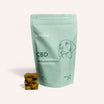


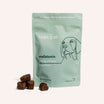
![Probiotics For Dogs [Soft Chews] - HolistaPet](http://www.holistapet.com/cdn/shop/files/Probiotic-Infographic-1_472d7a29-e30c-435a-9638-1365d8c3a9f9.jpg?v=1725384841&width=104)
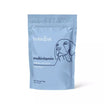




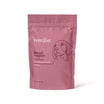
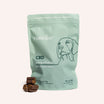


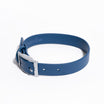
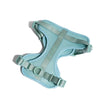
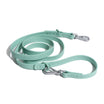


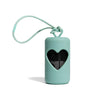



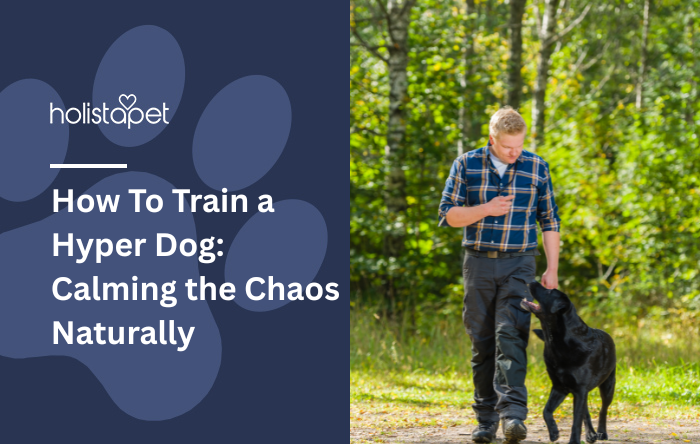

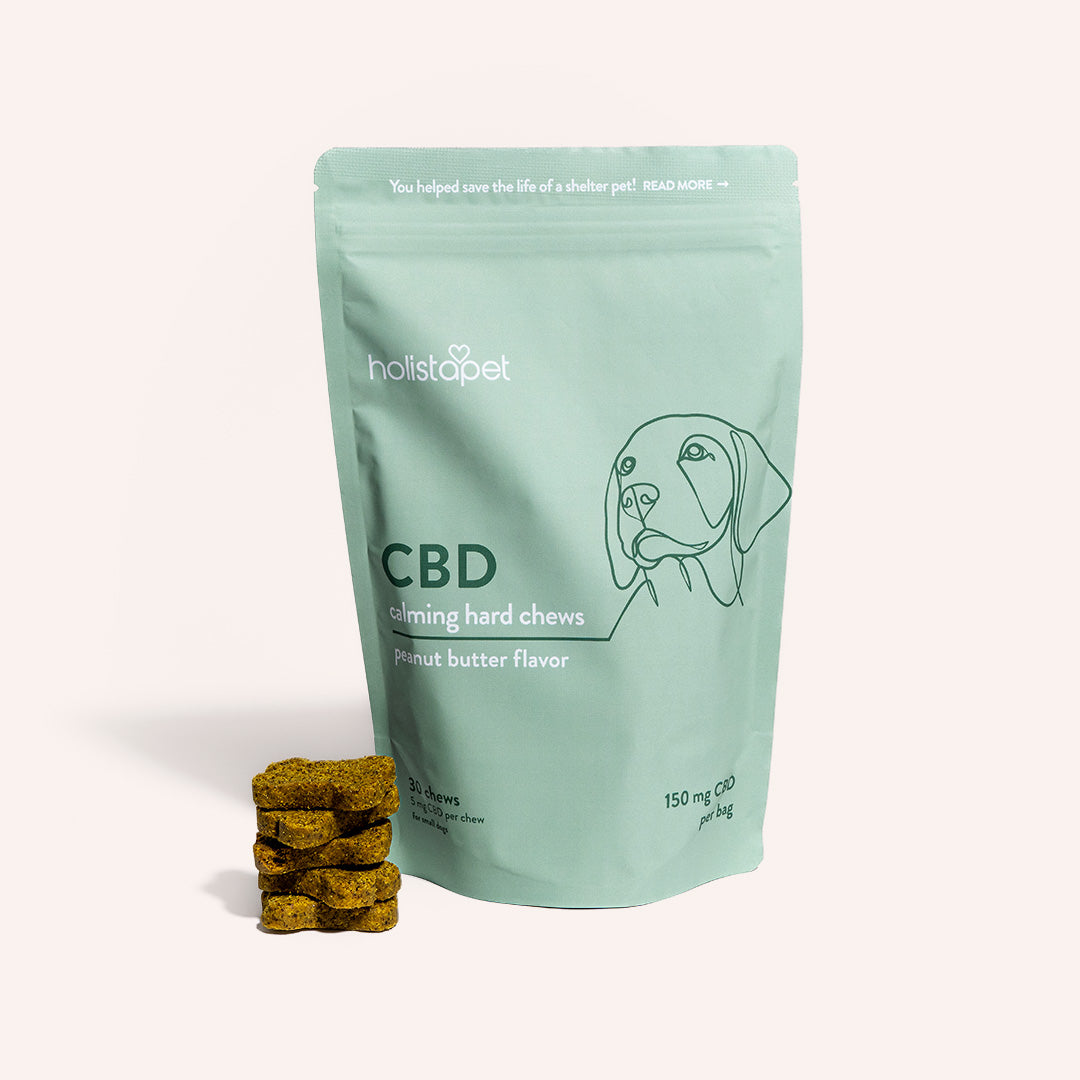
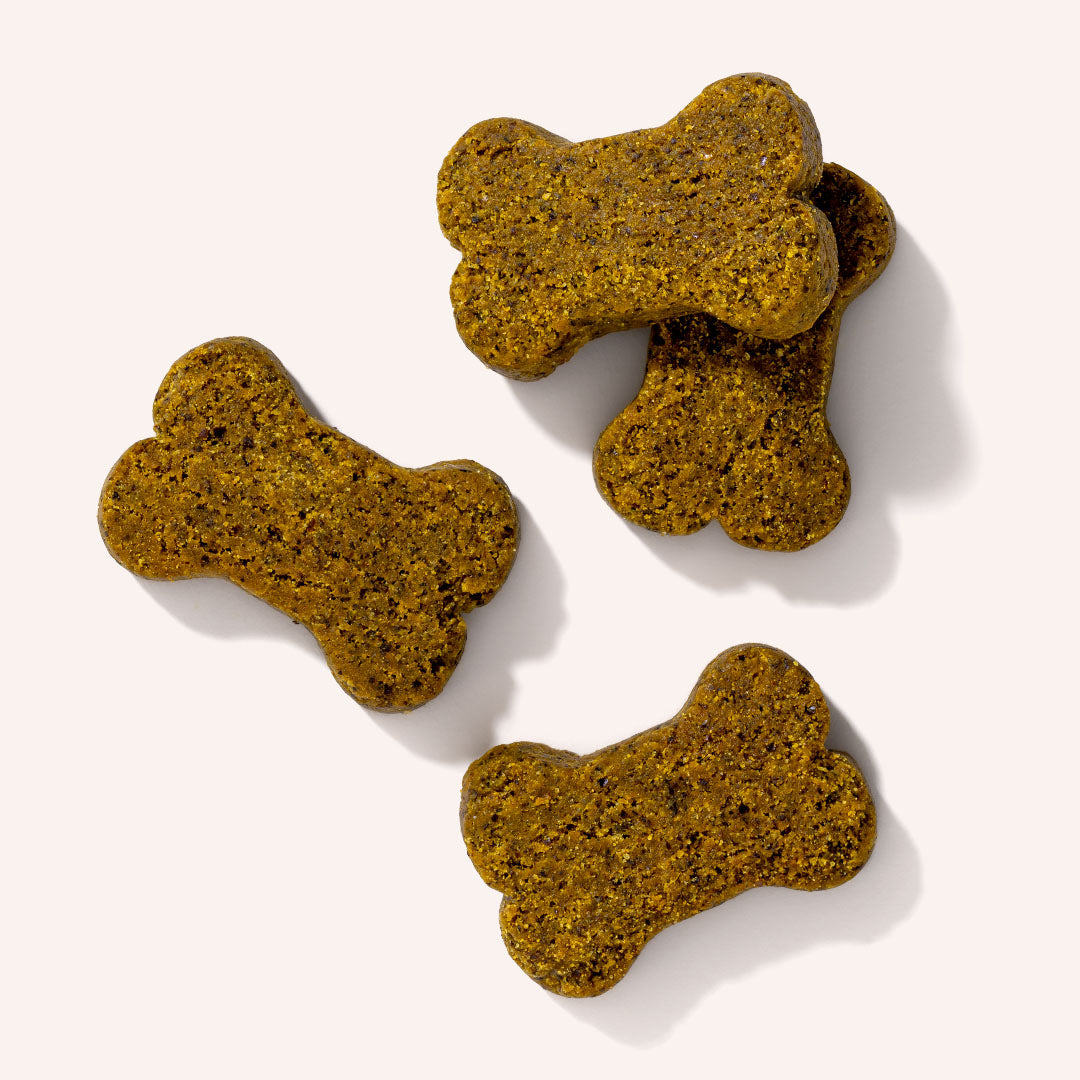

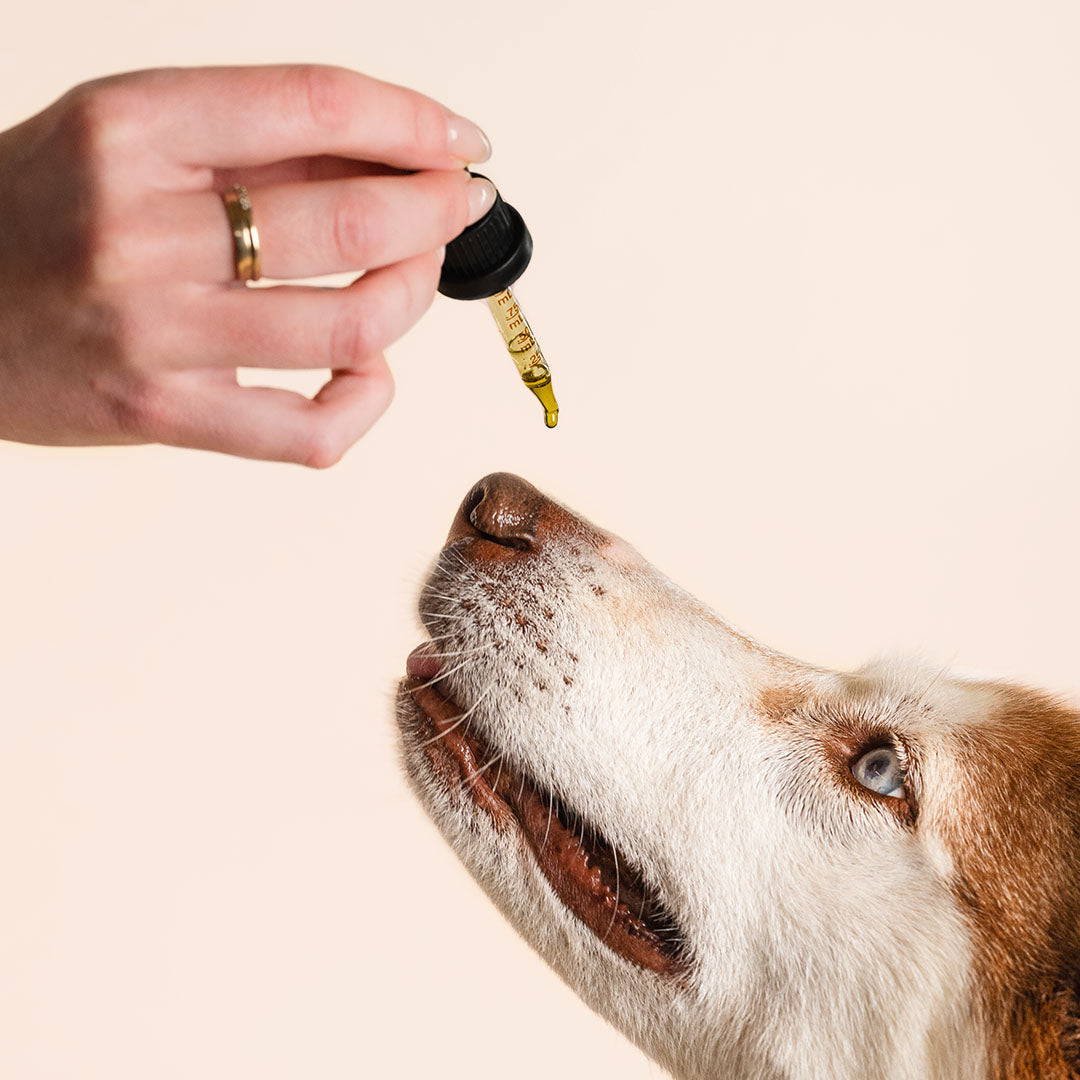


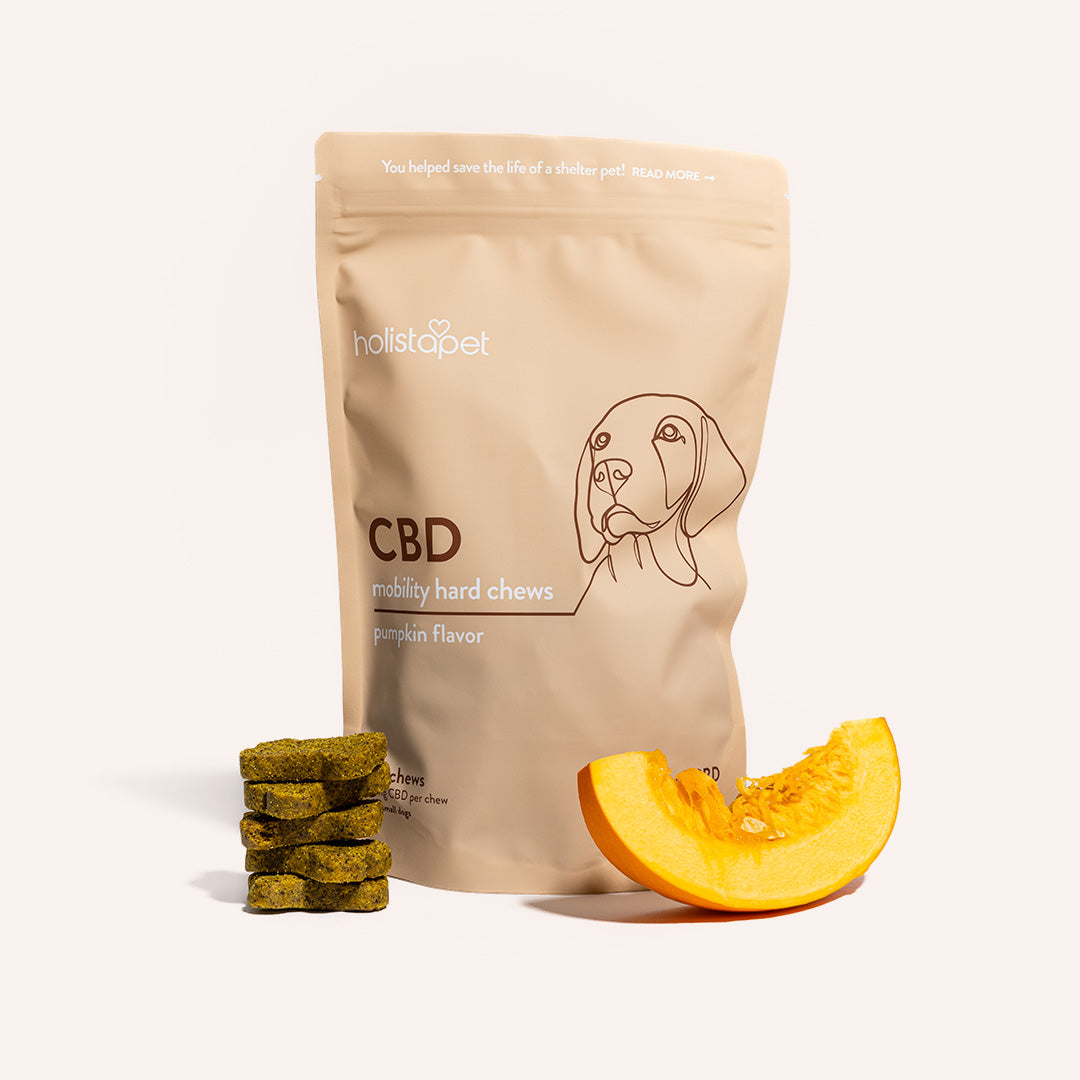
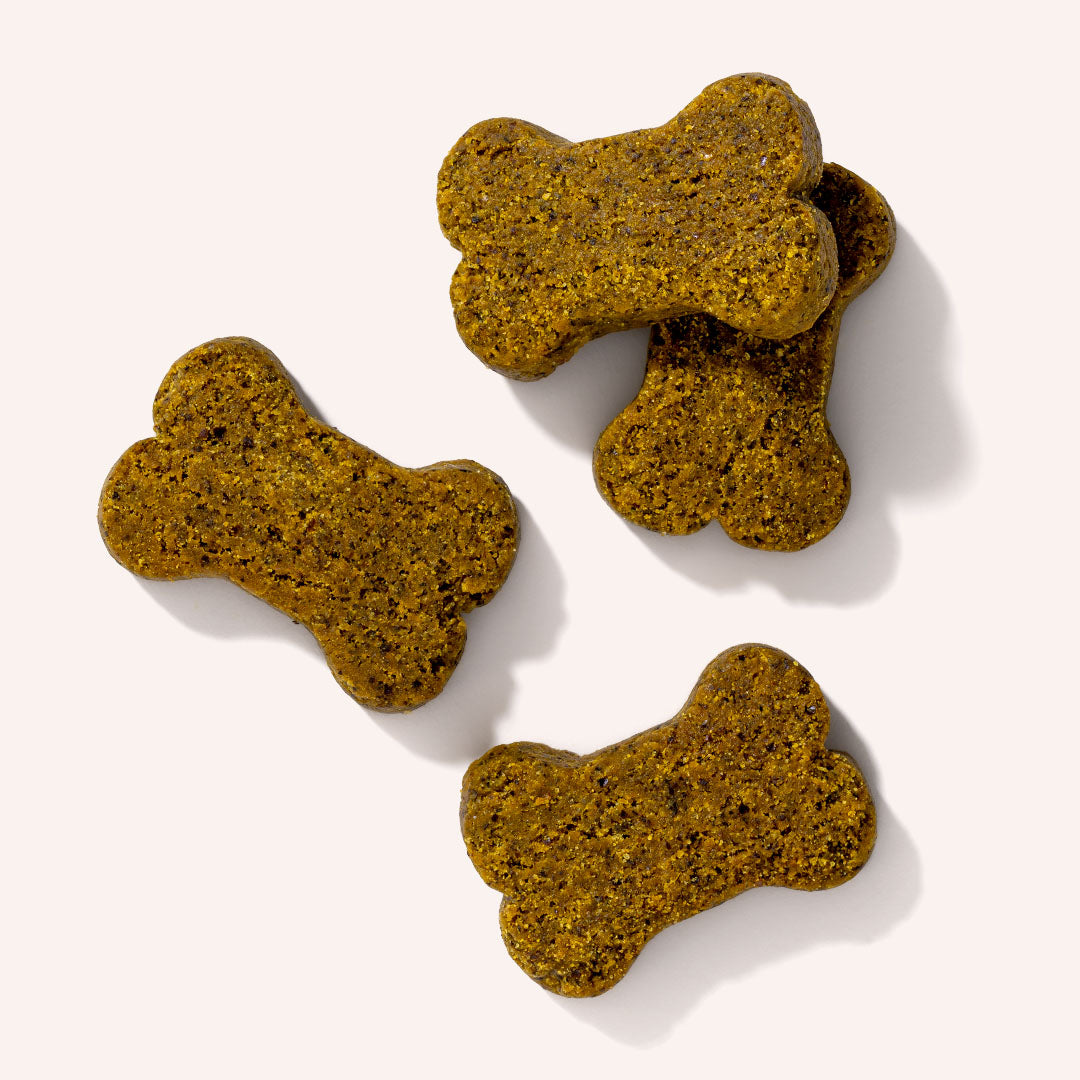

Leave a comment
All comments are moderated before being published.
This site is protected by hCaptcha and the hCaptcha Privacy Policy and Terms of Service apply.